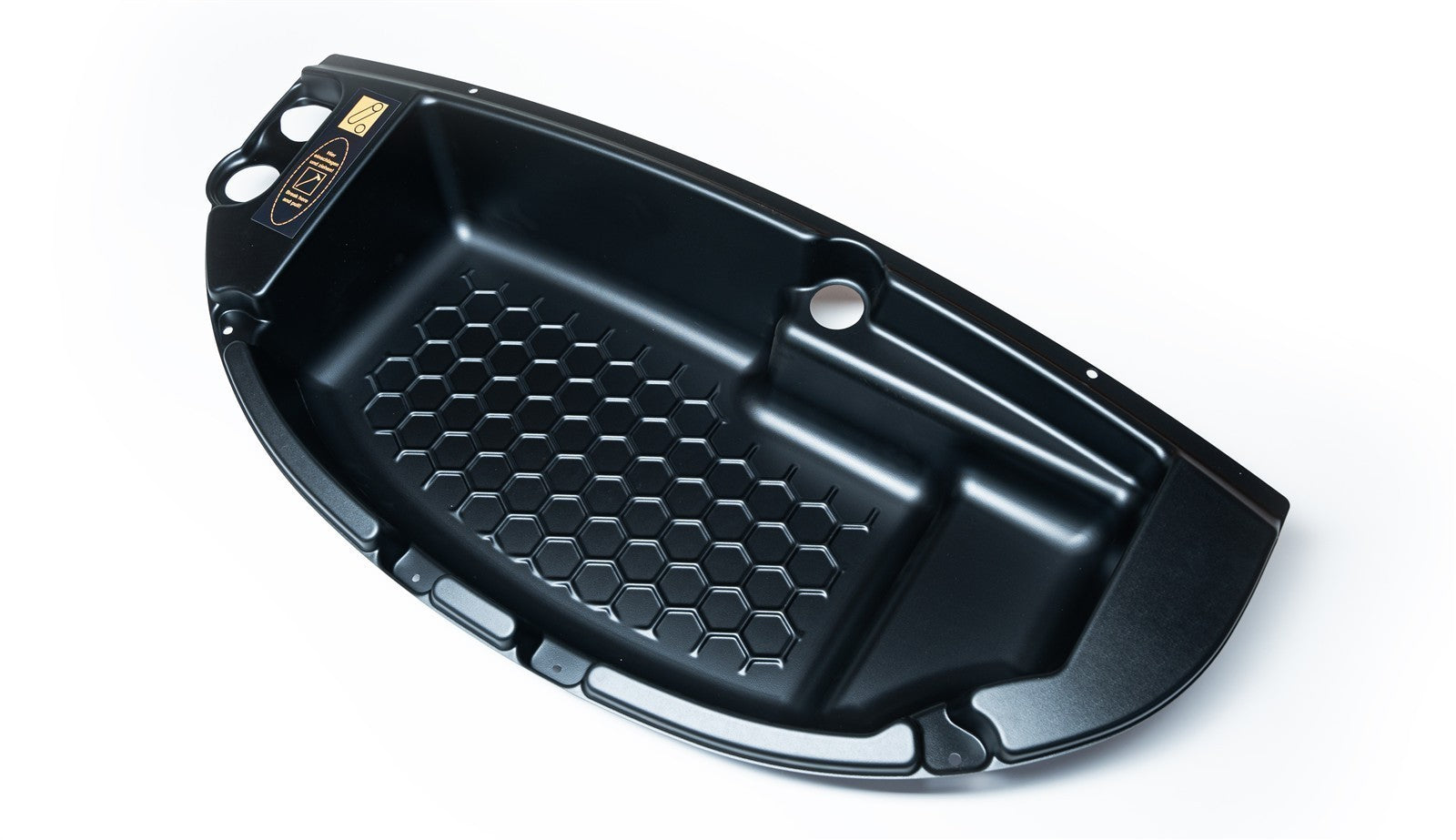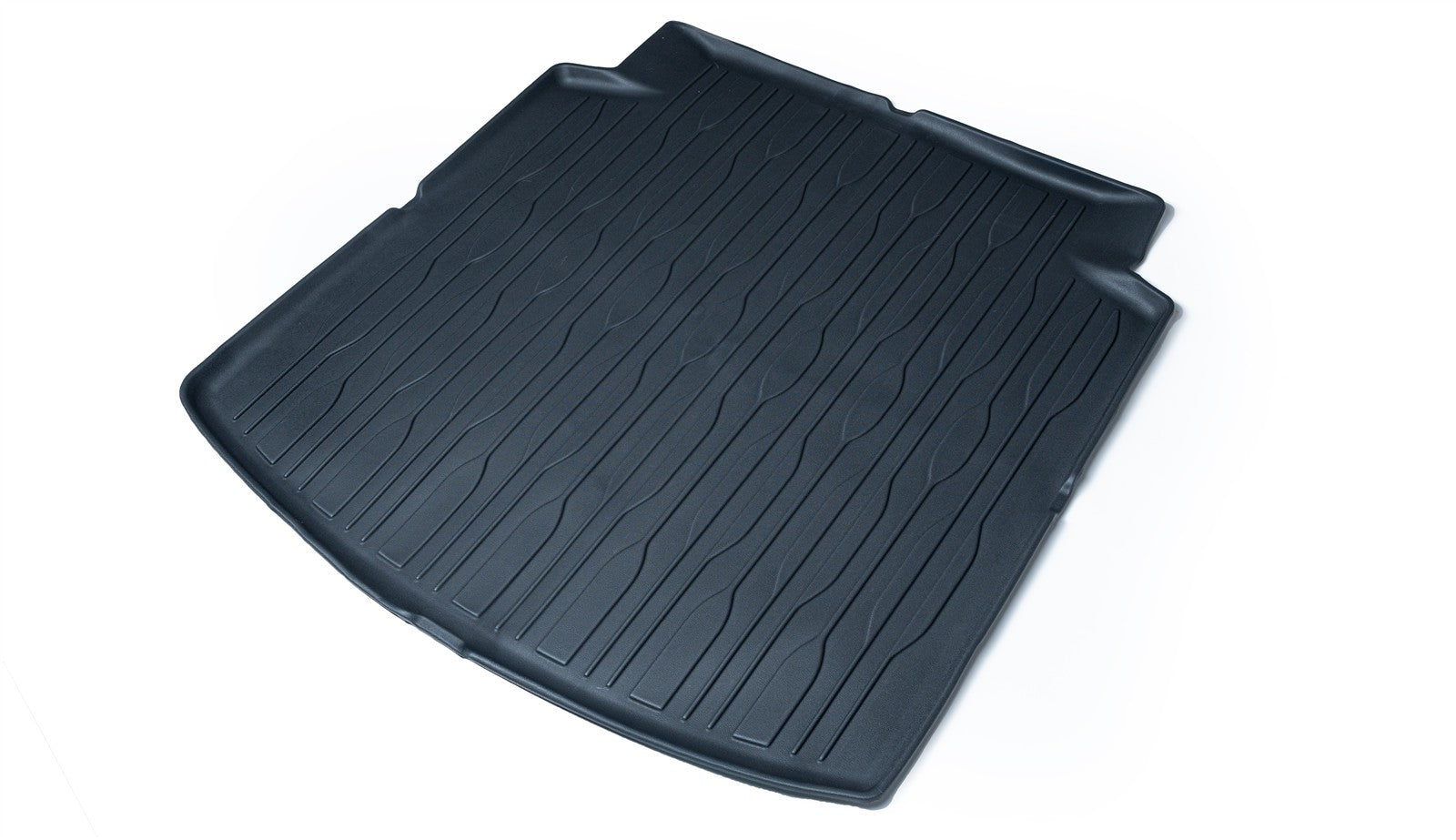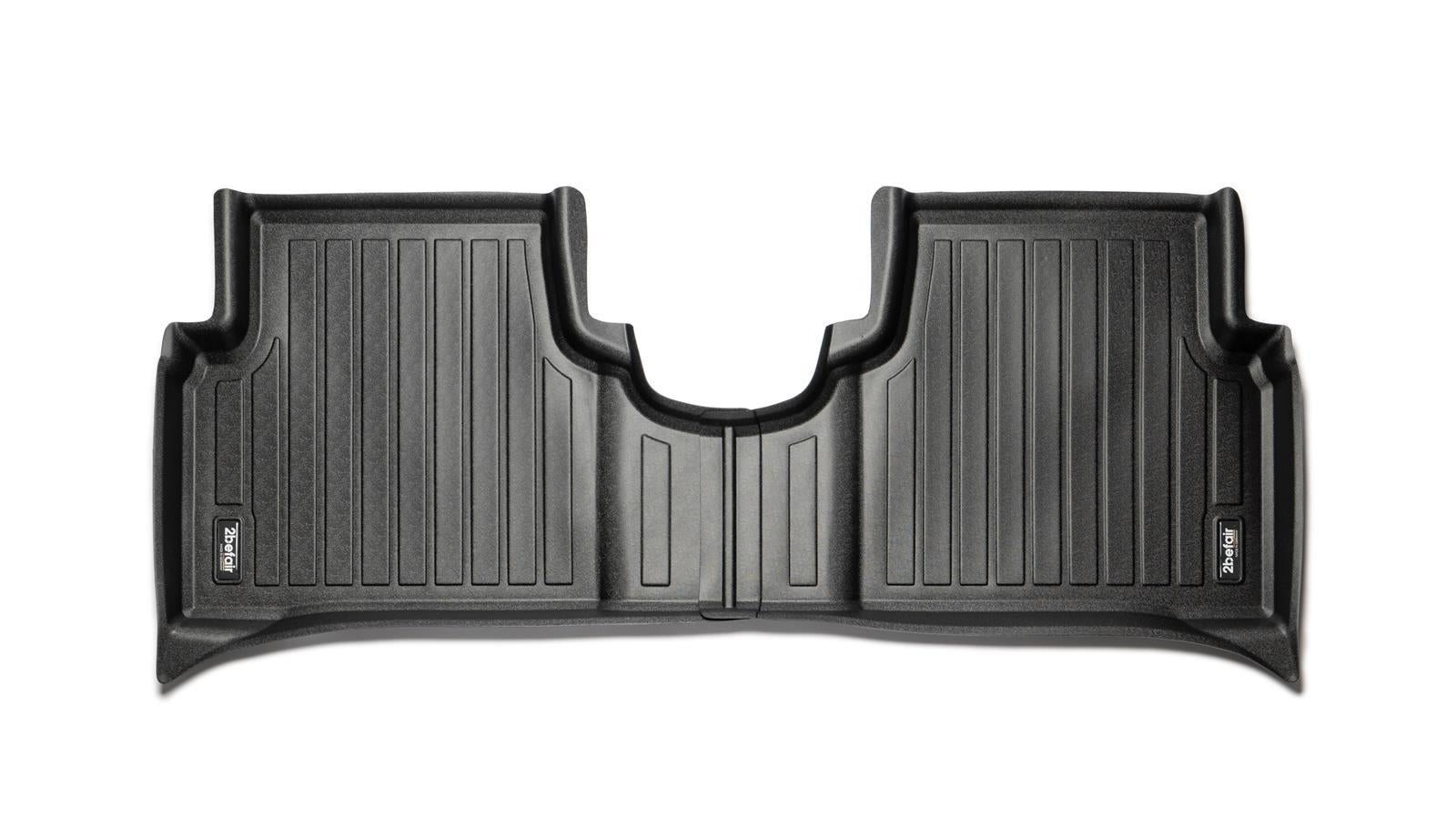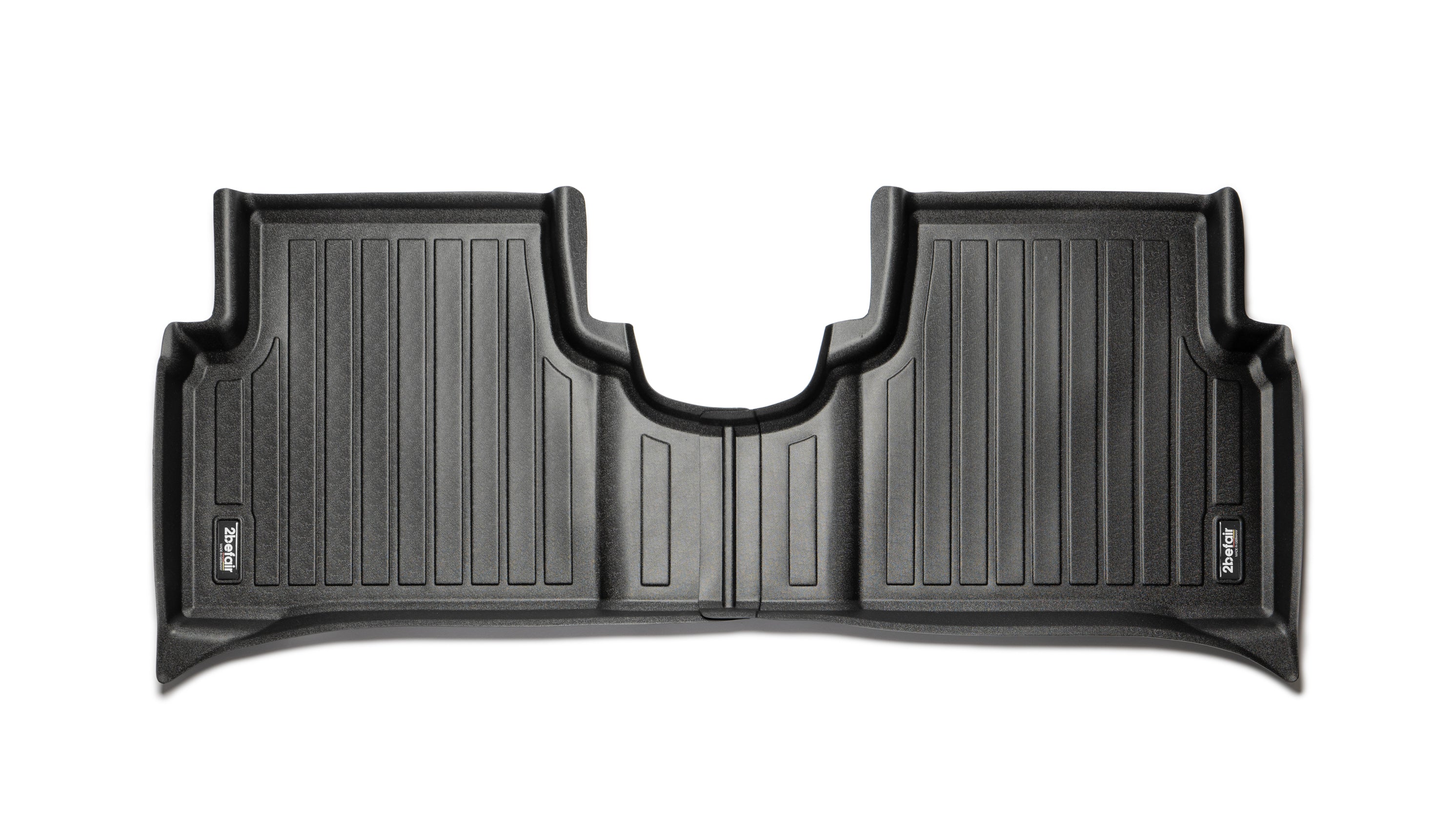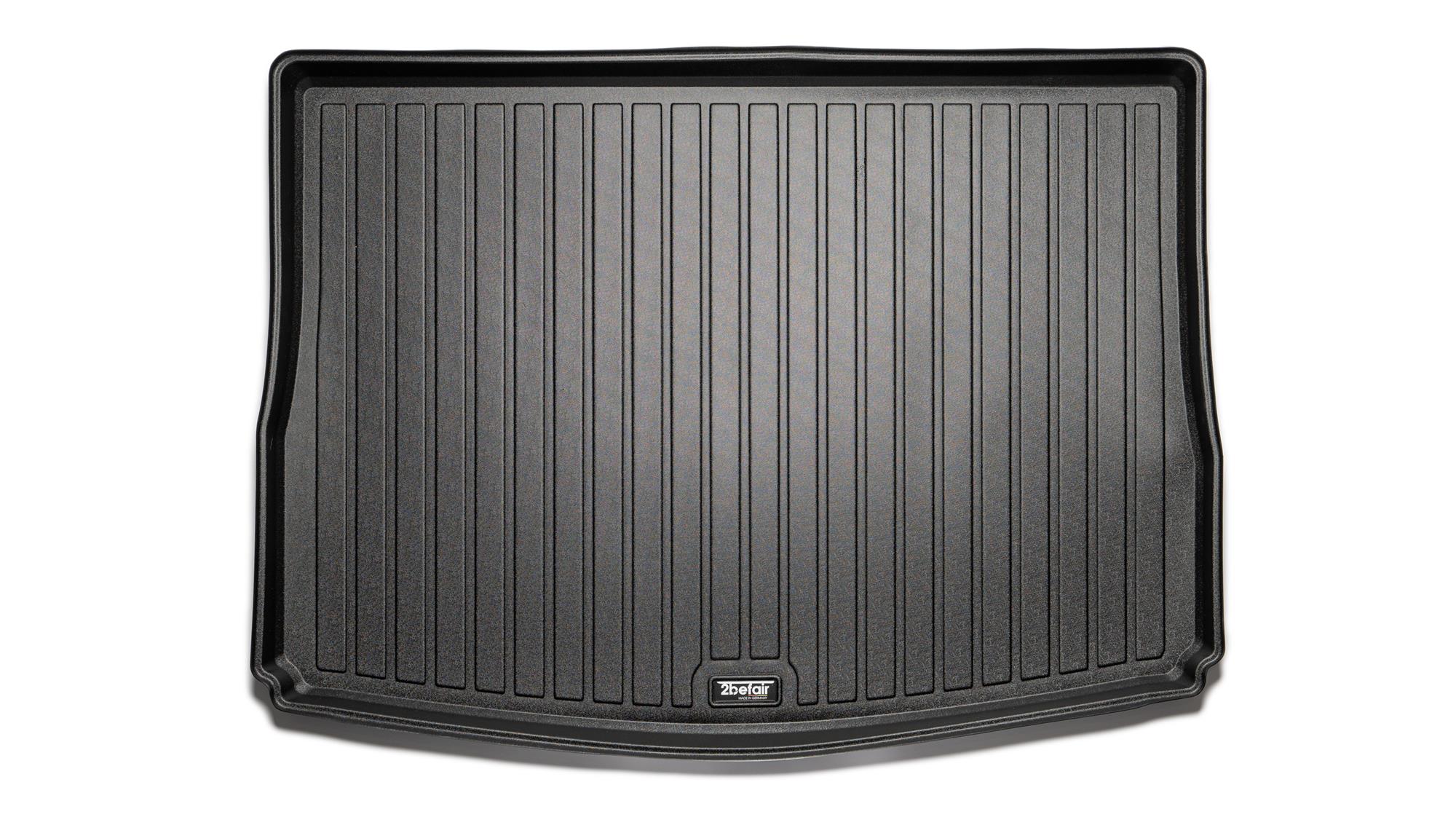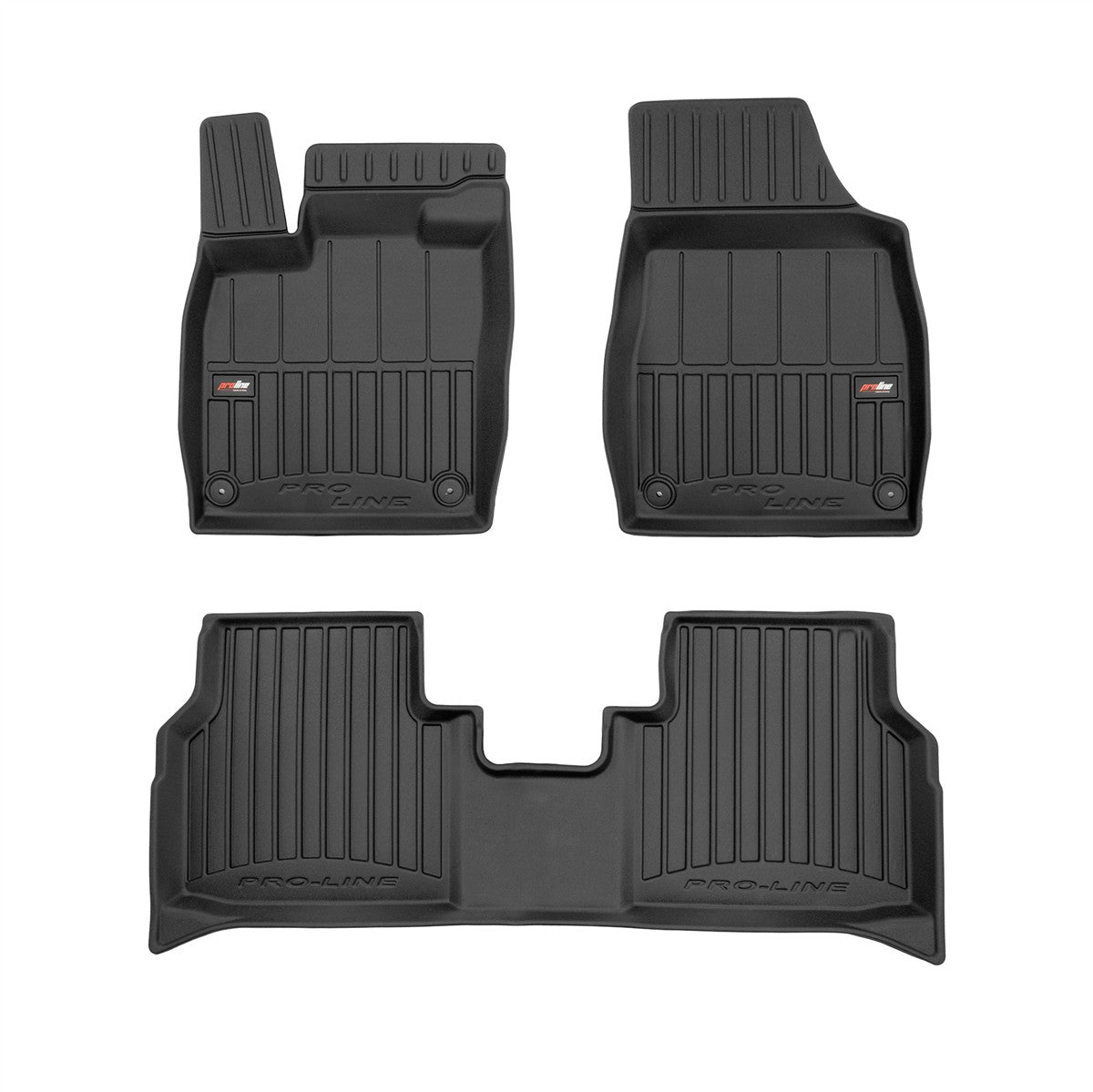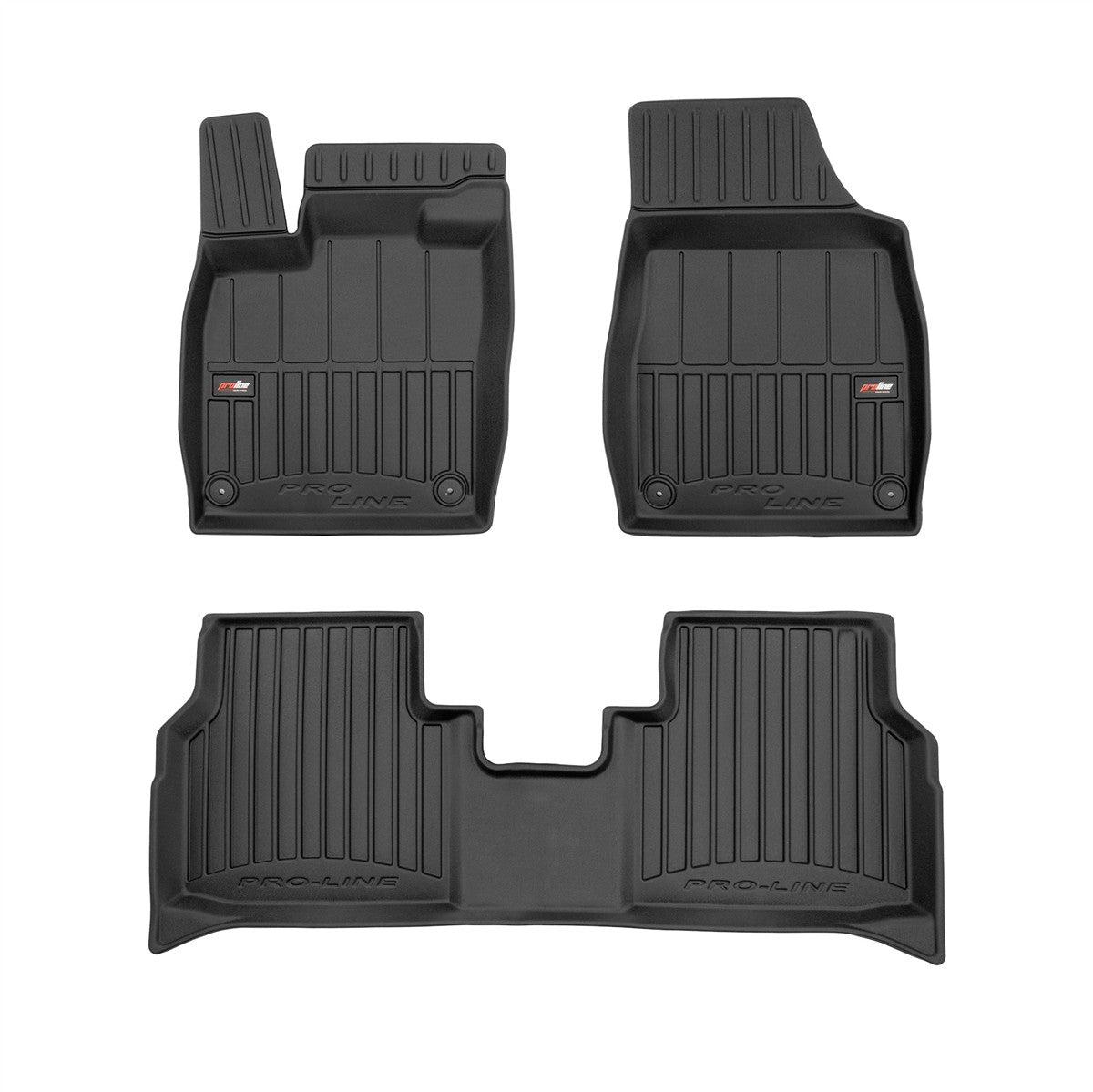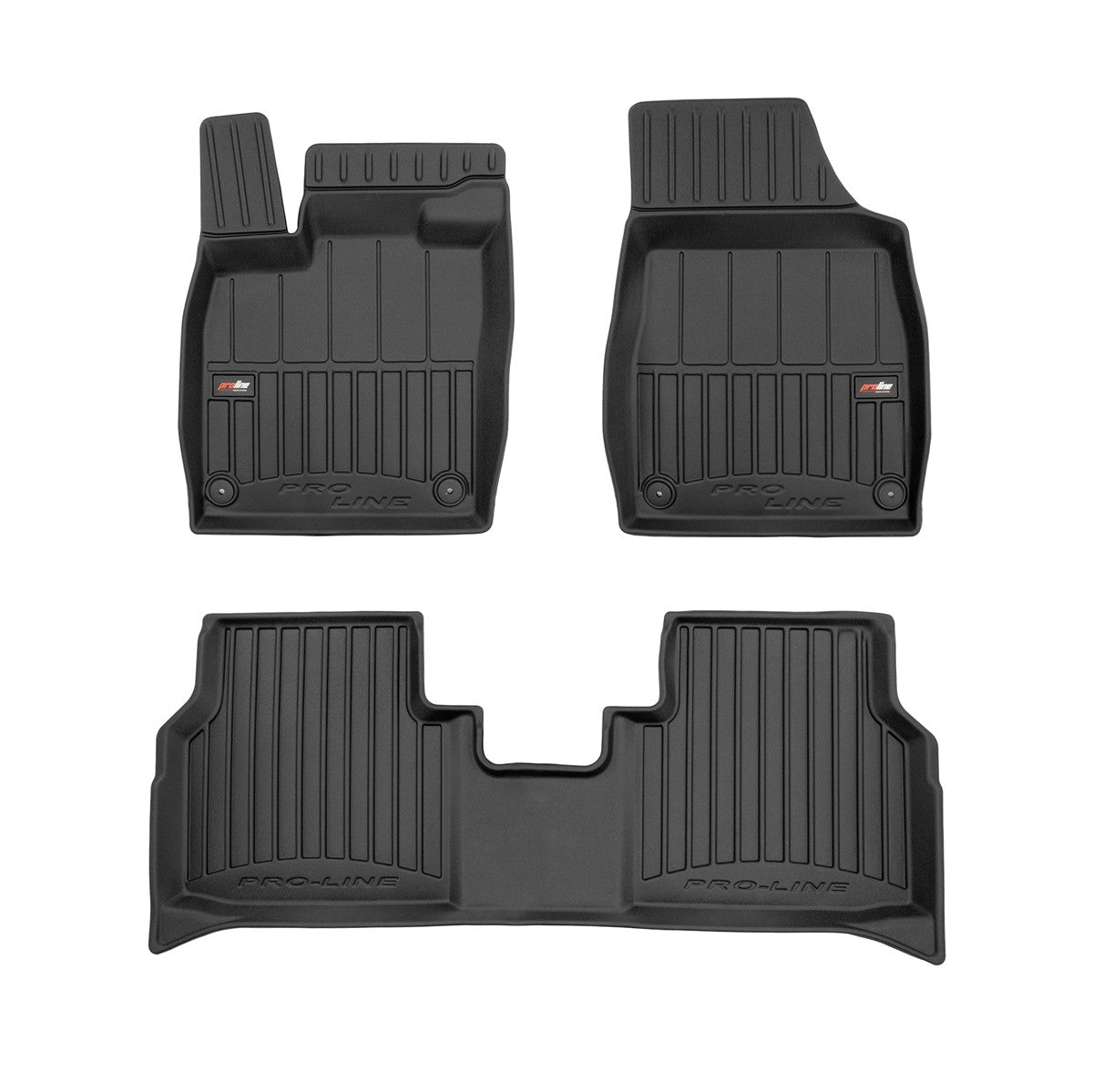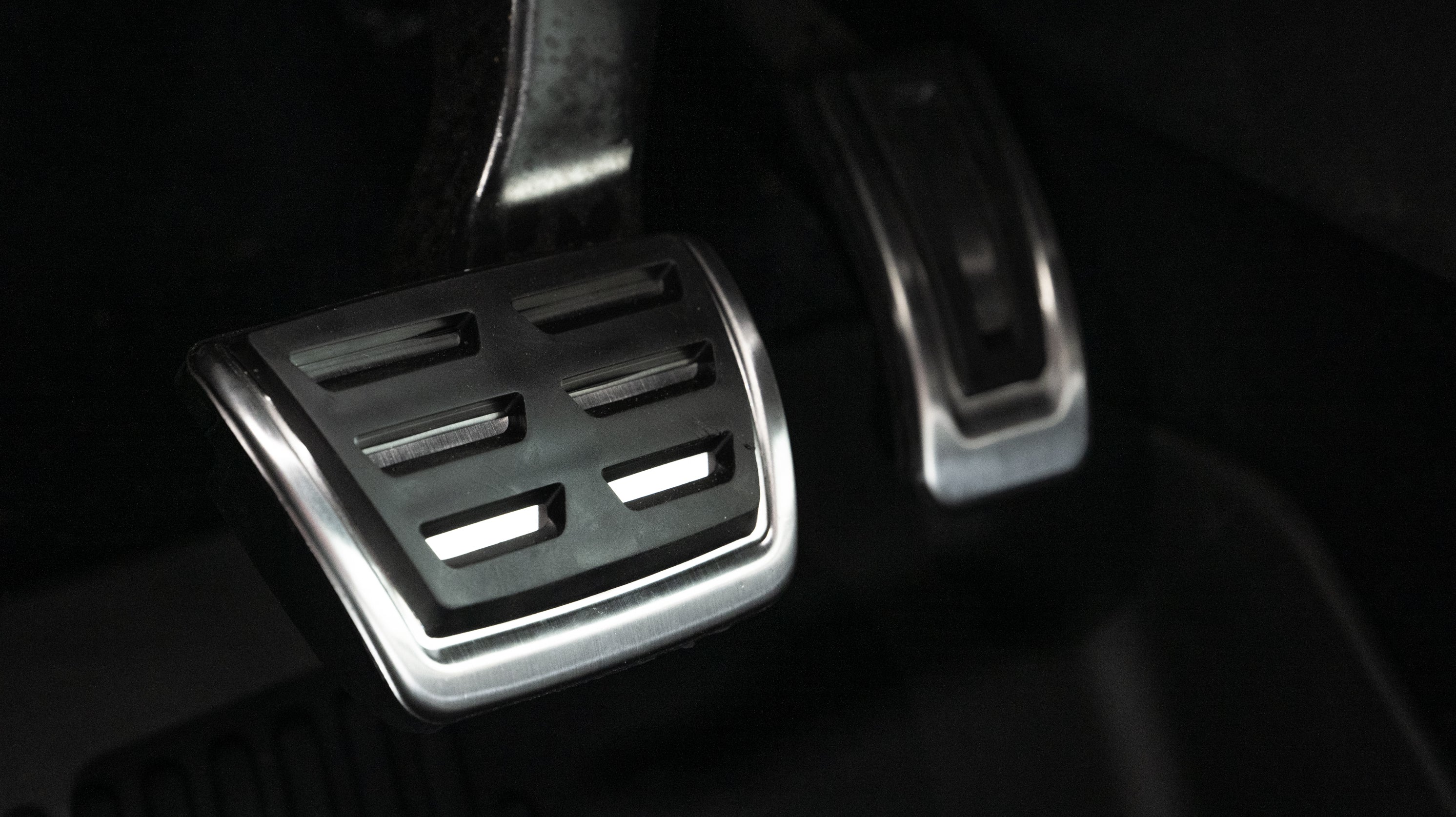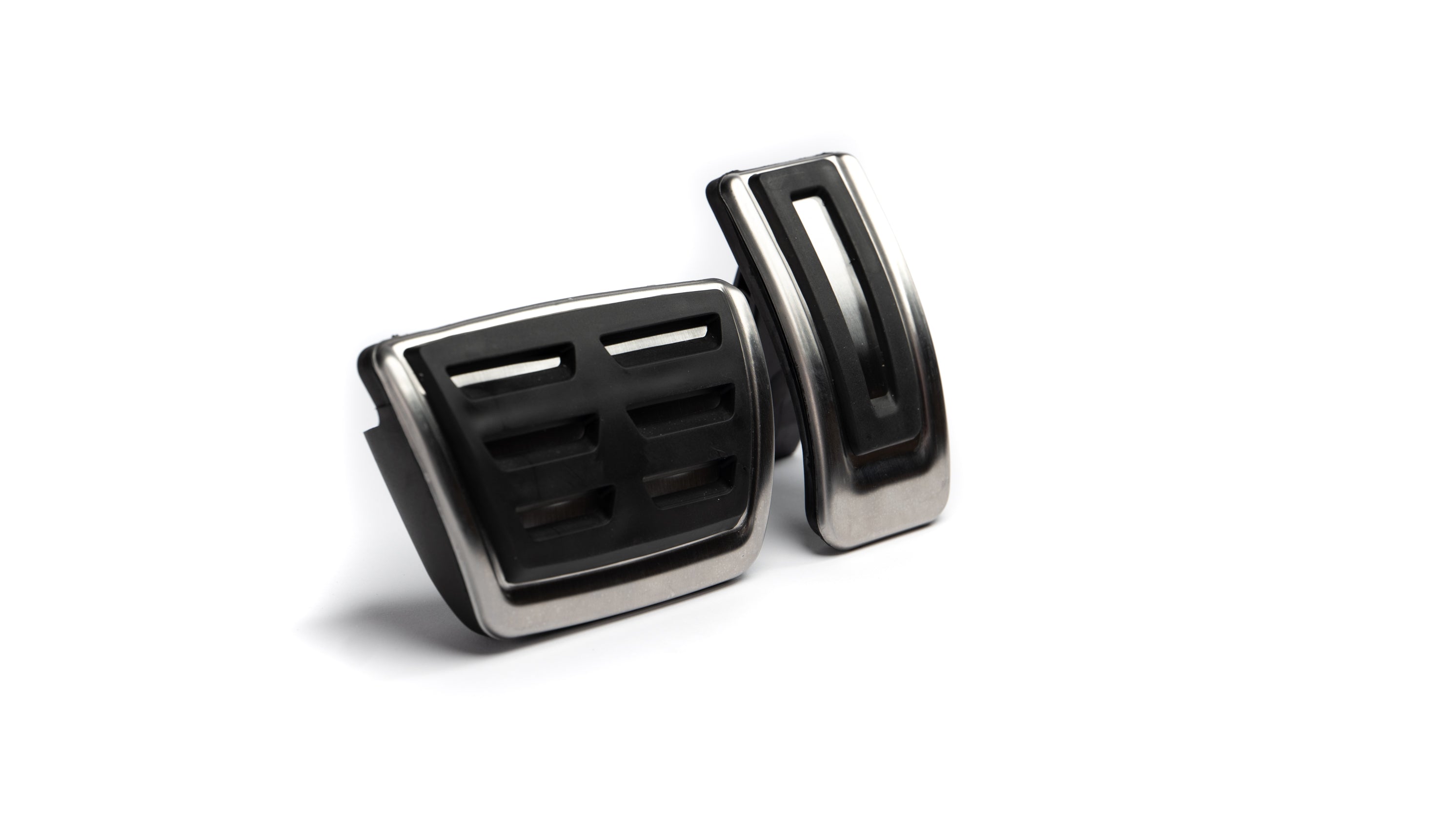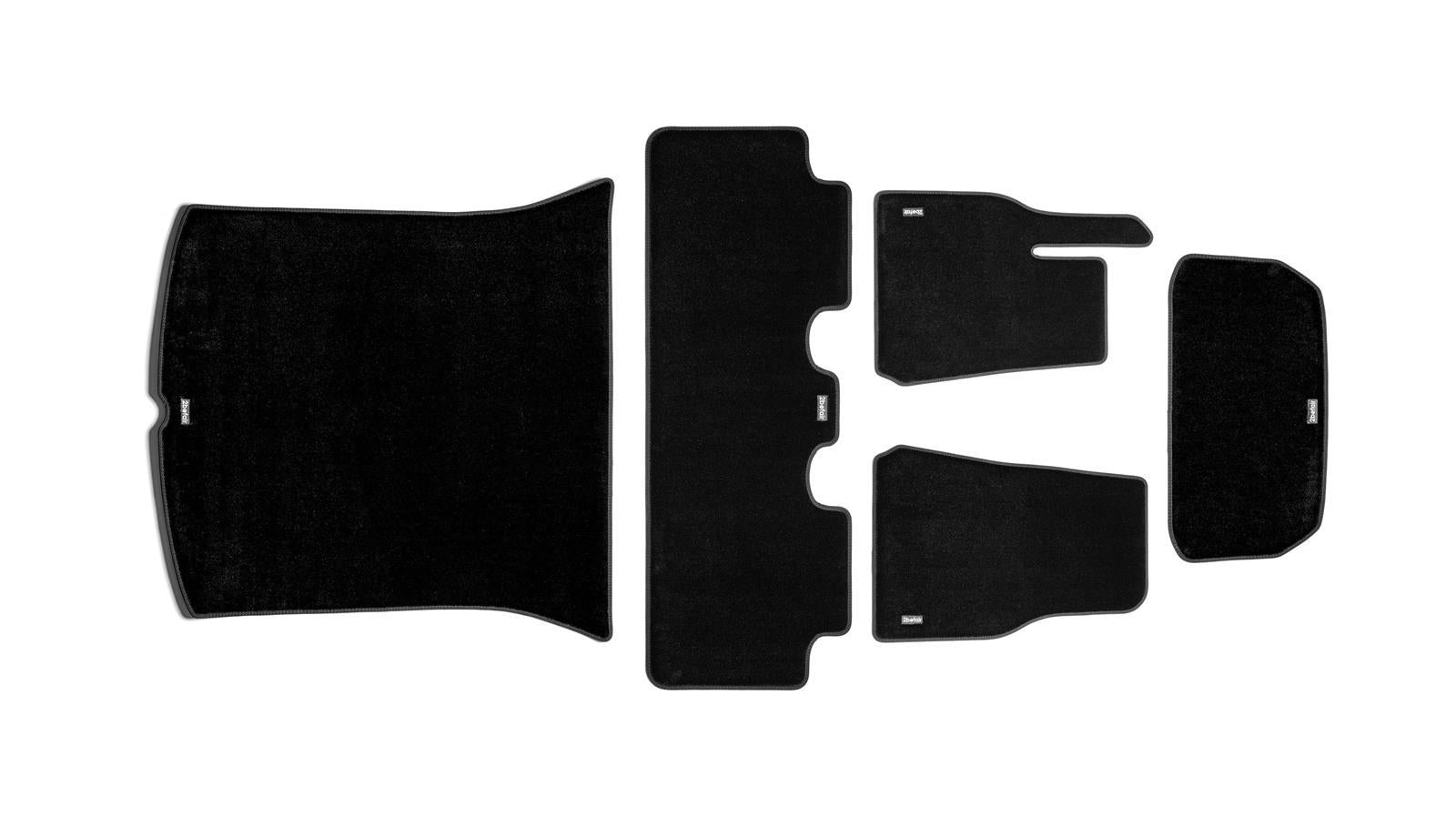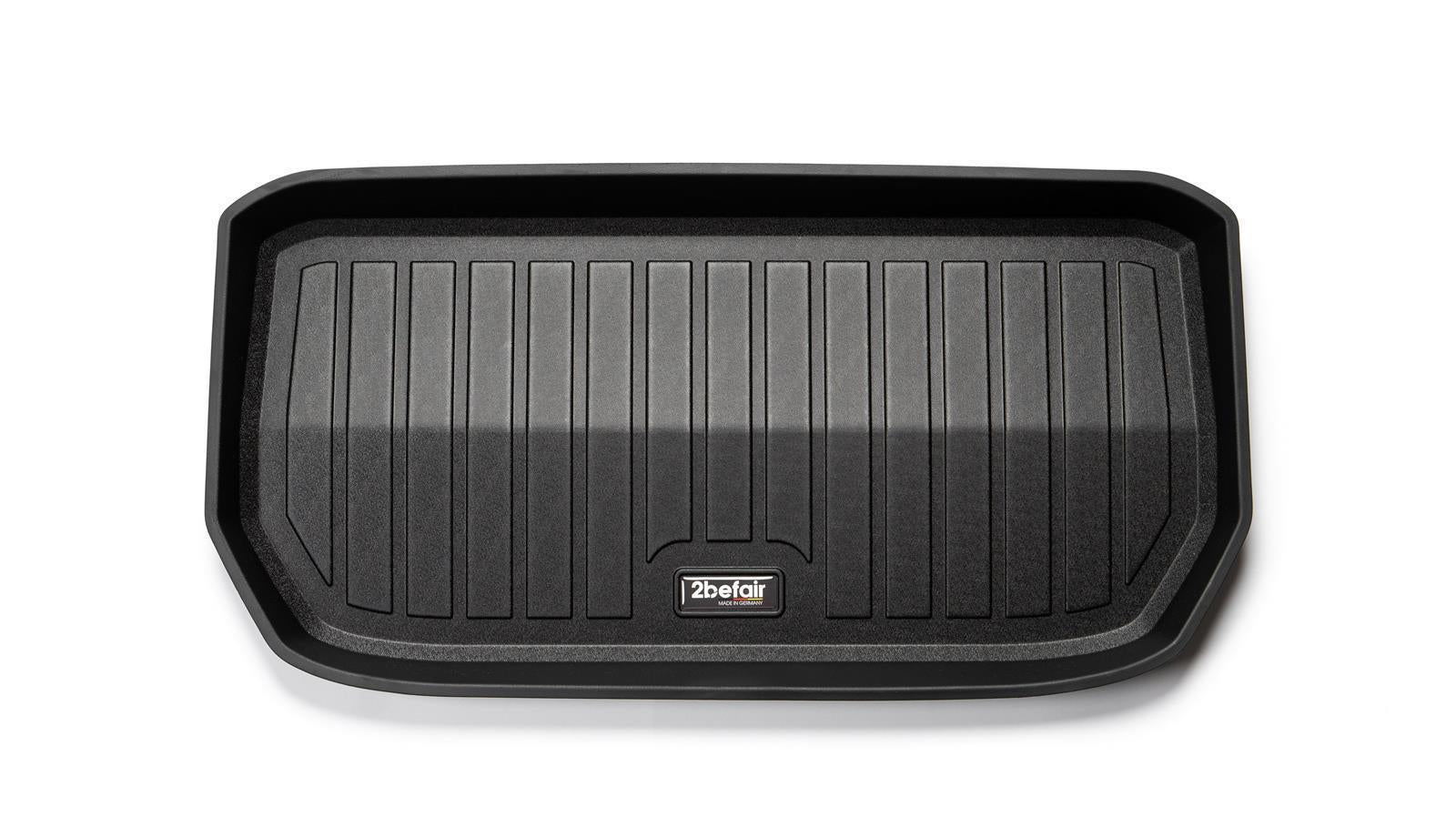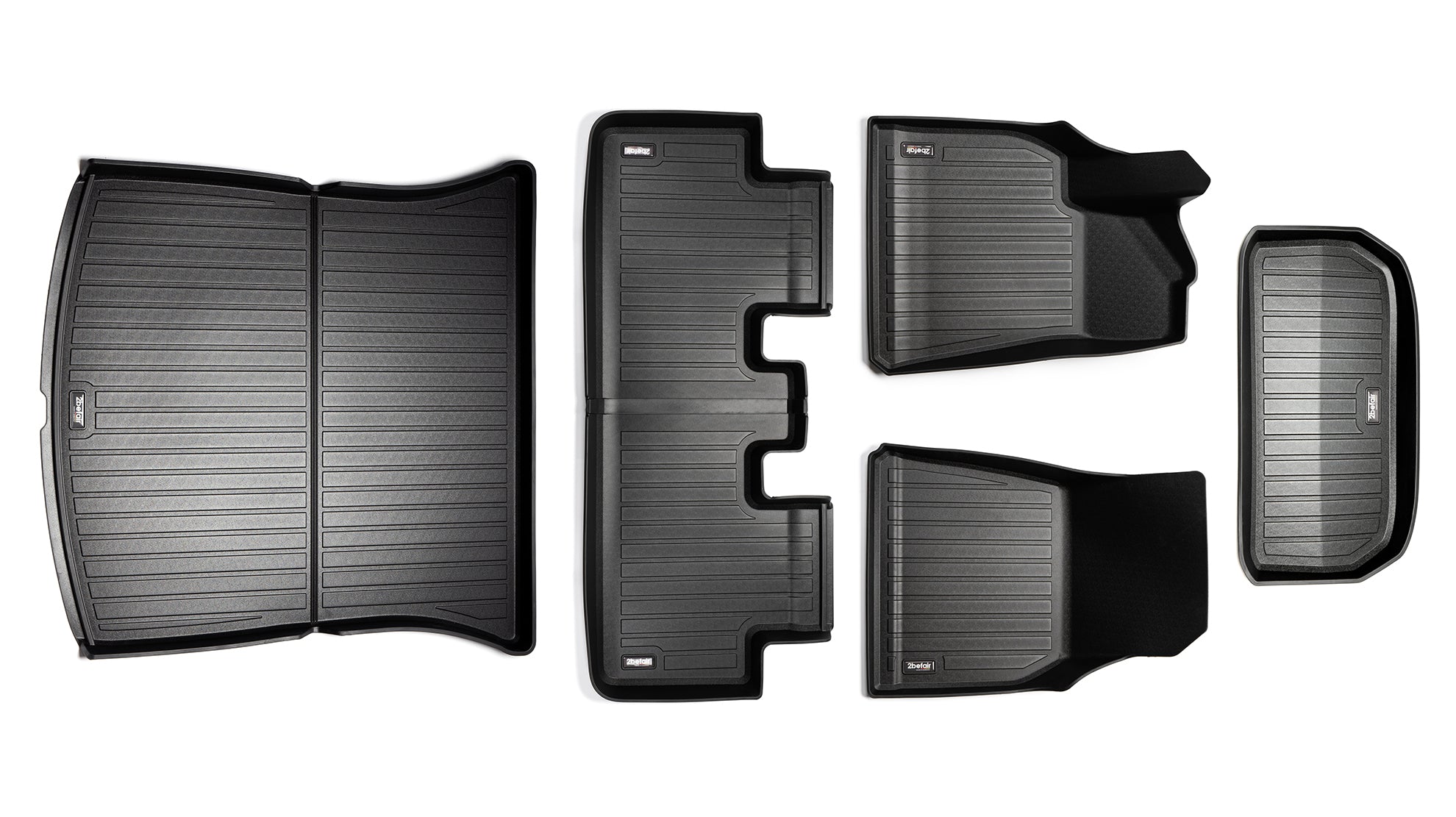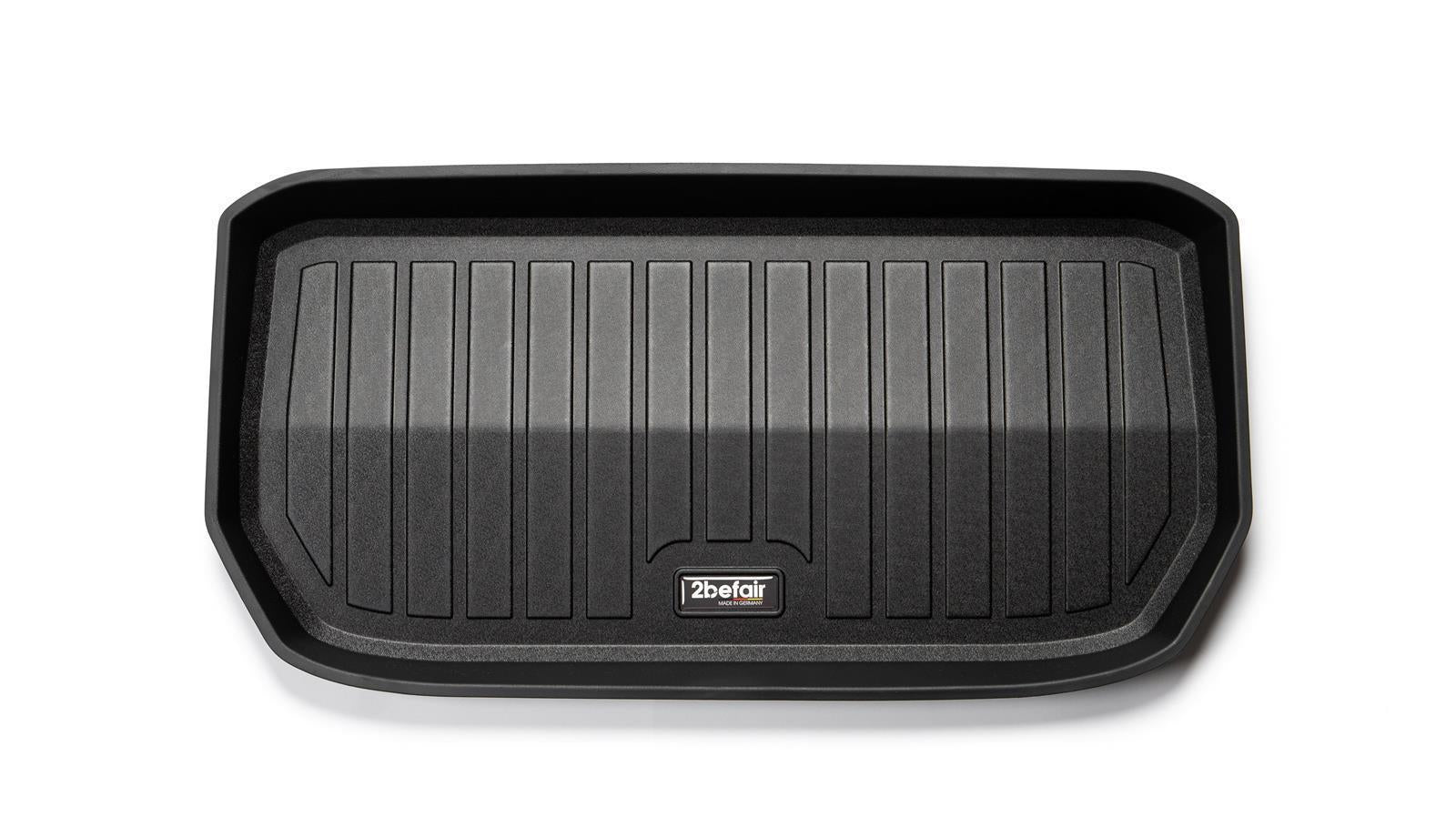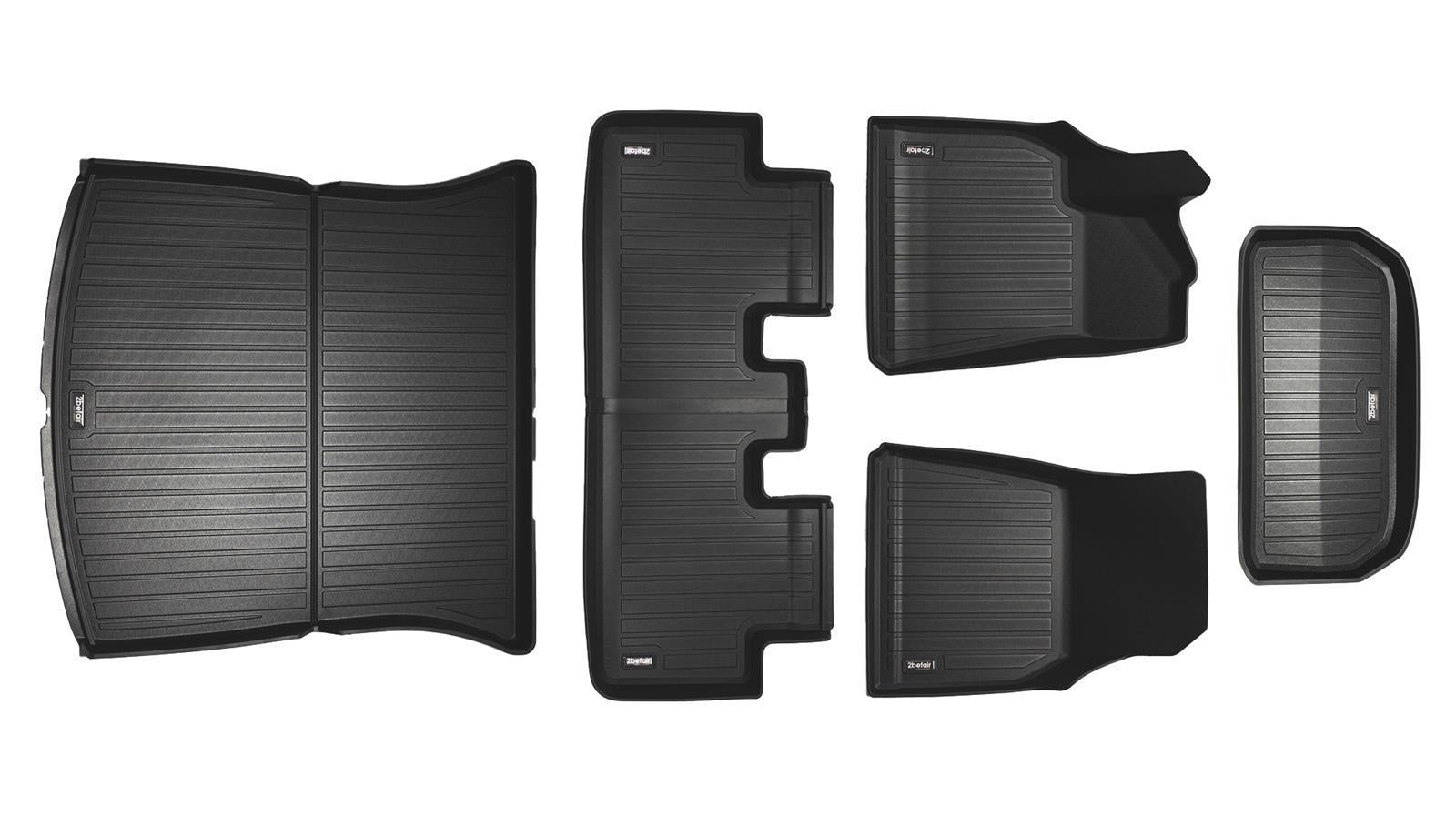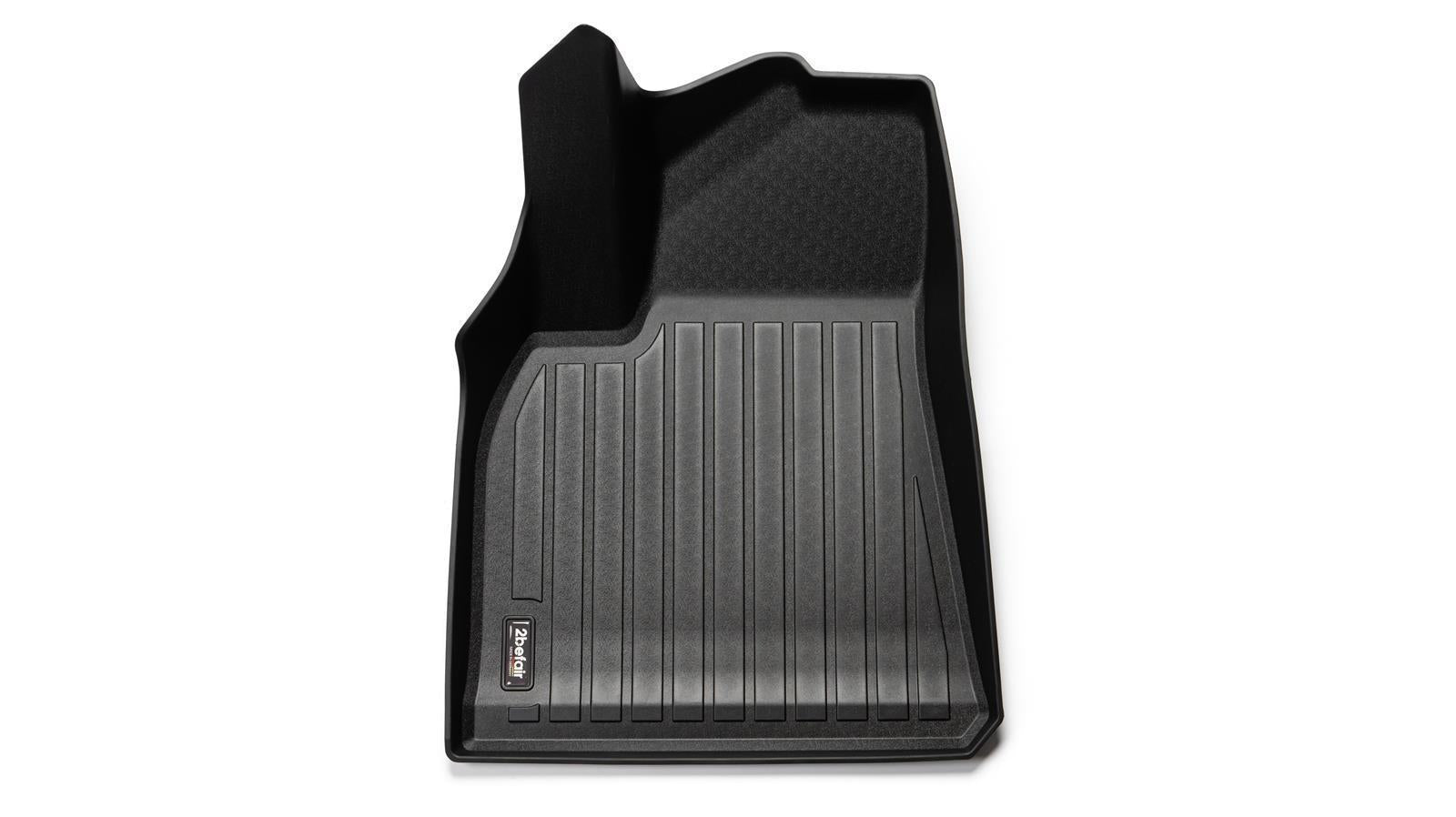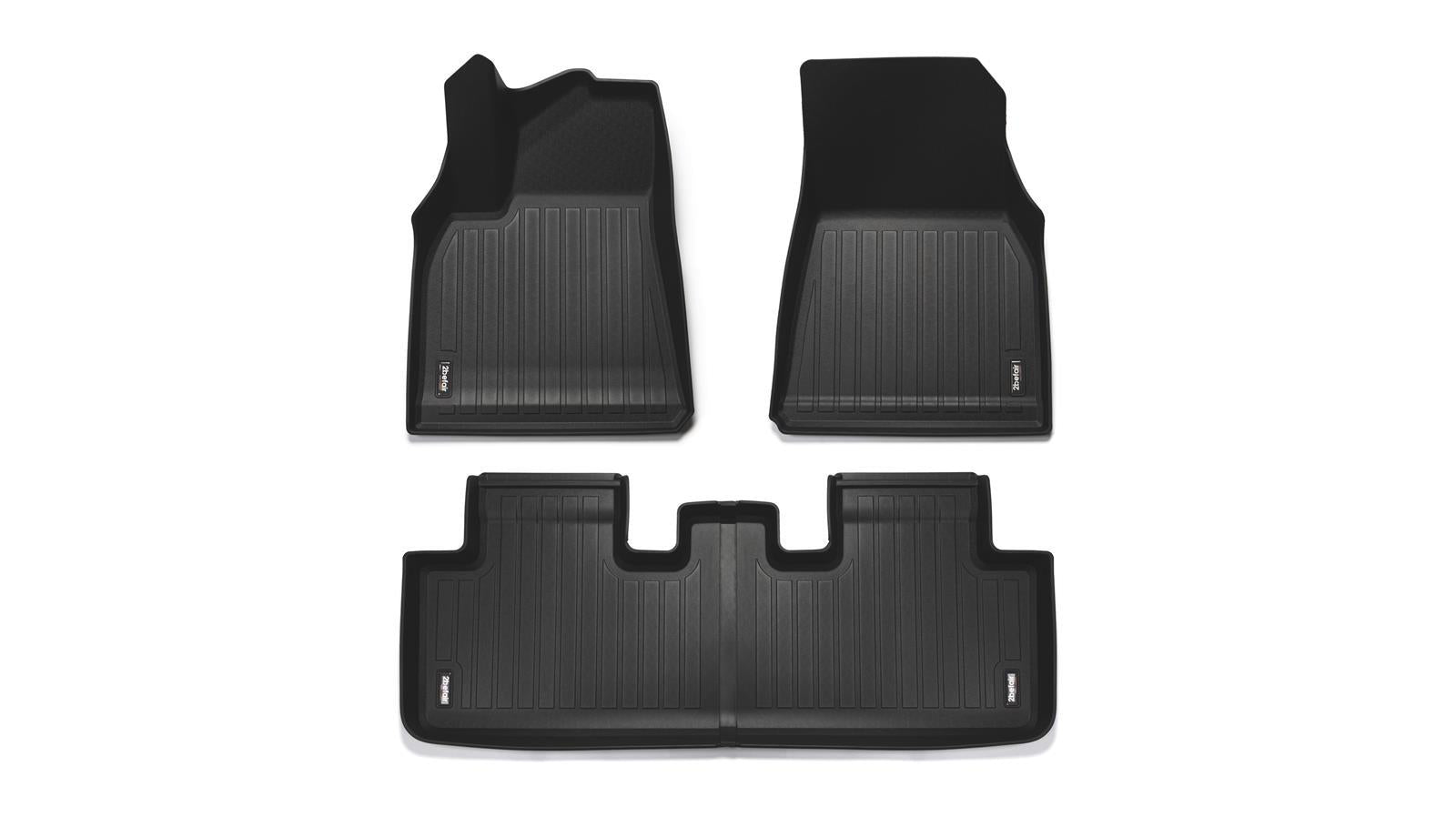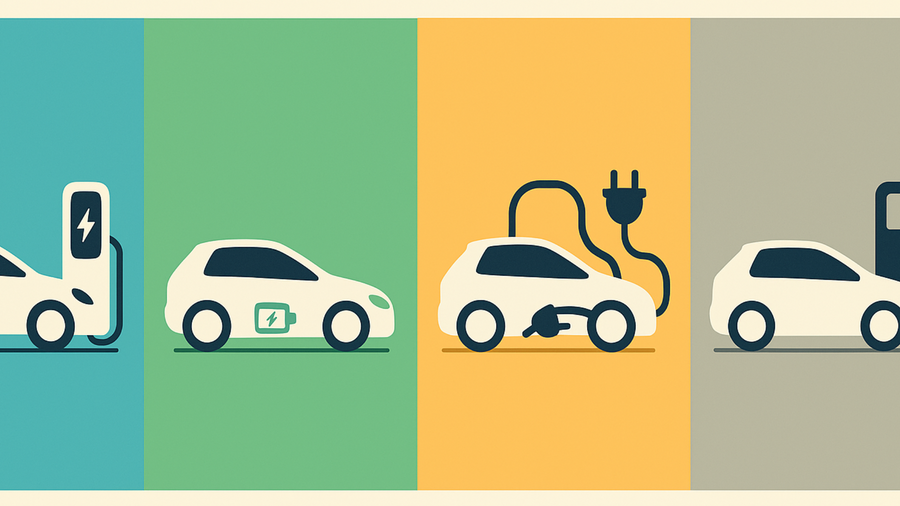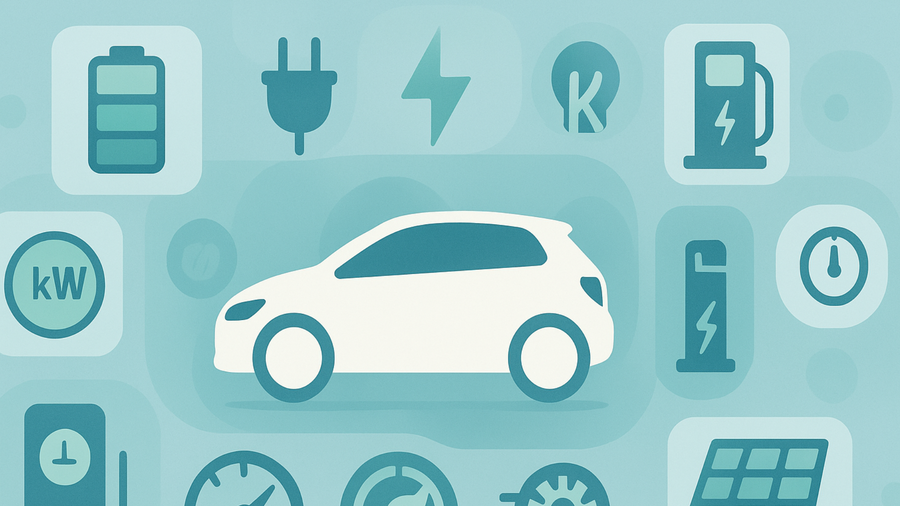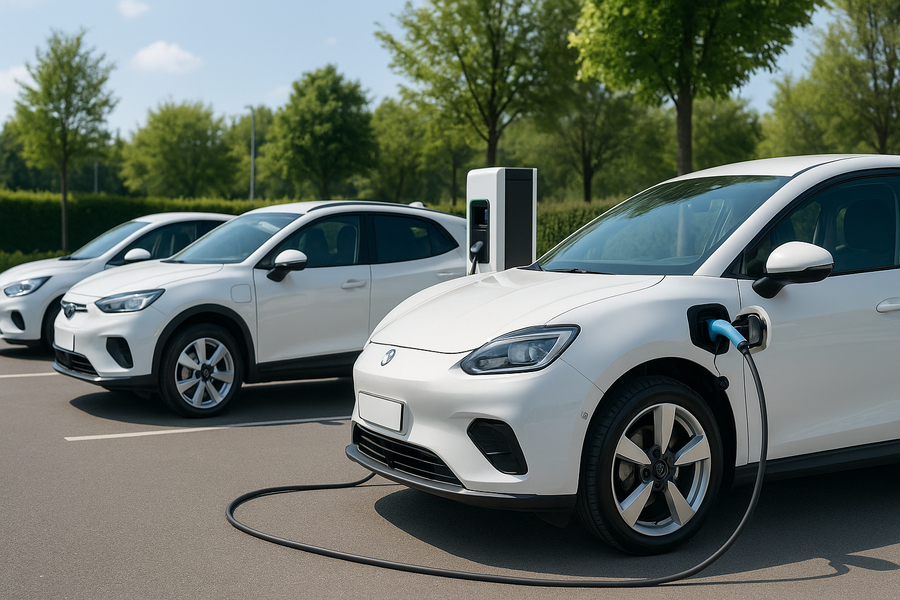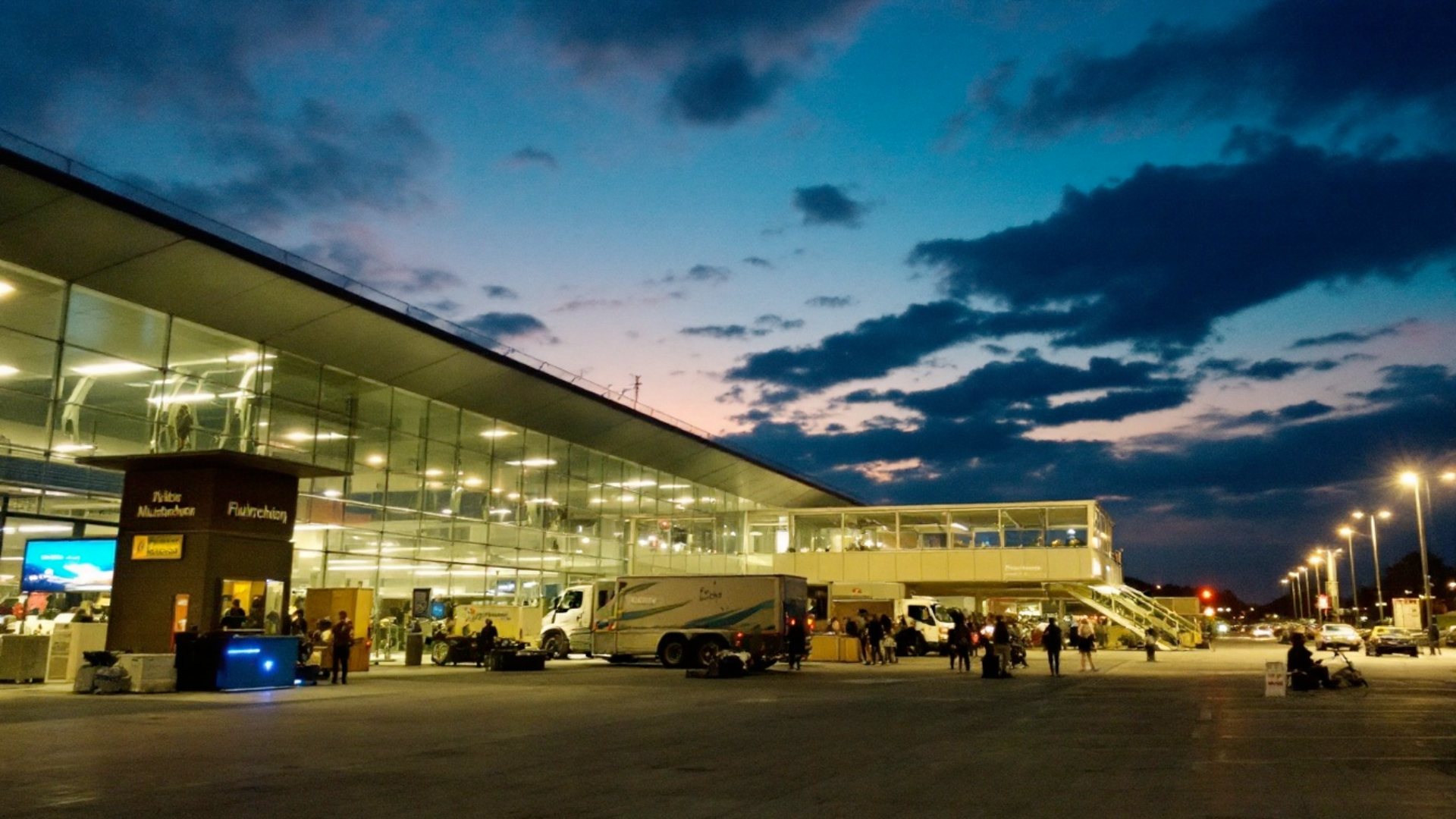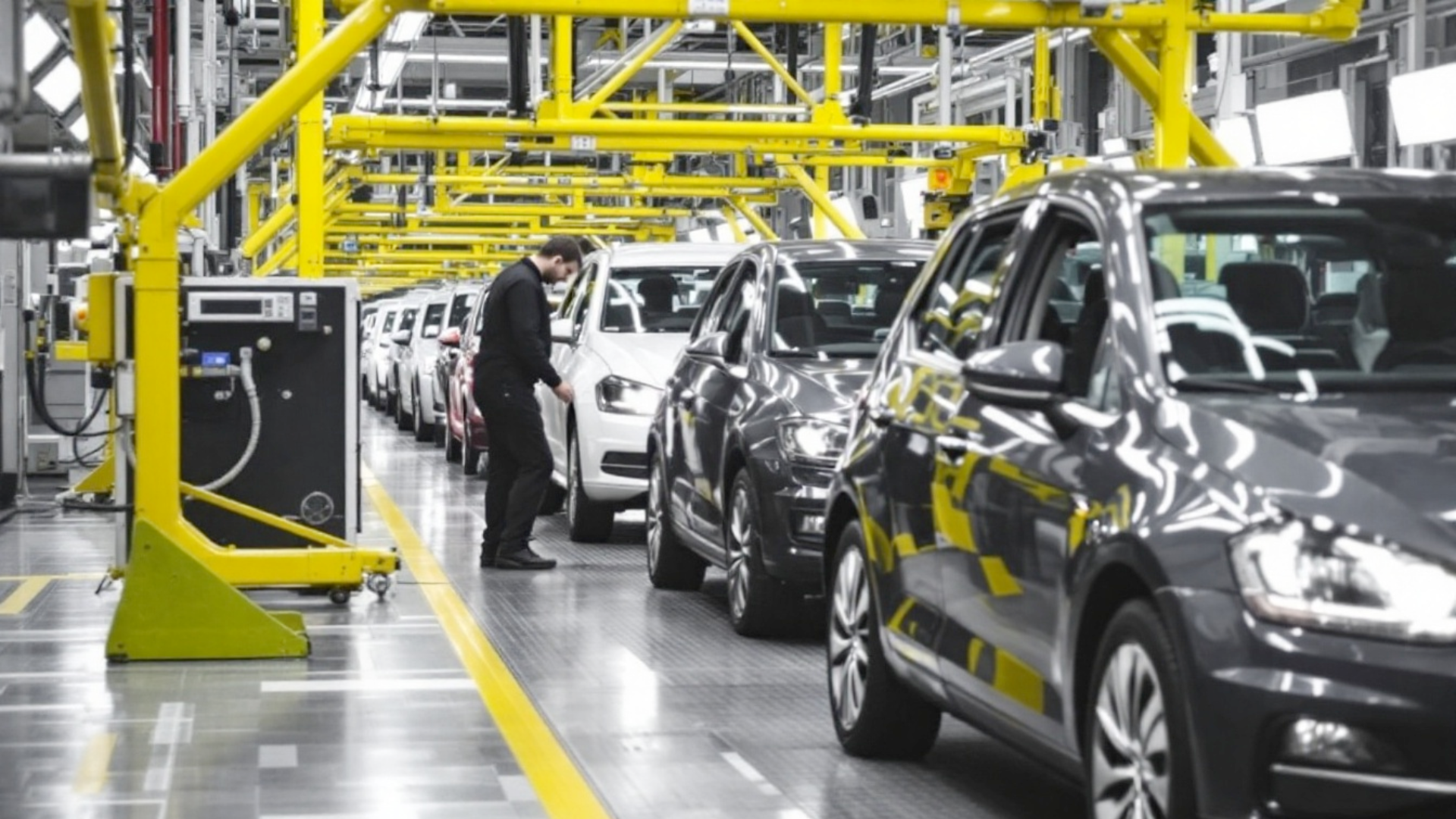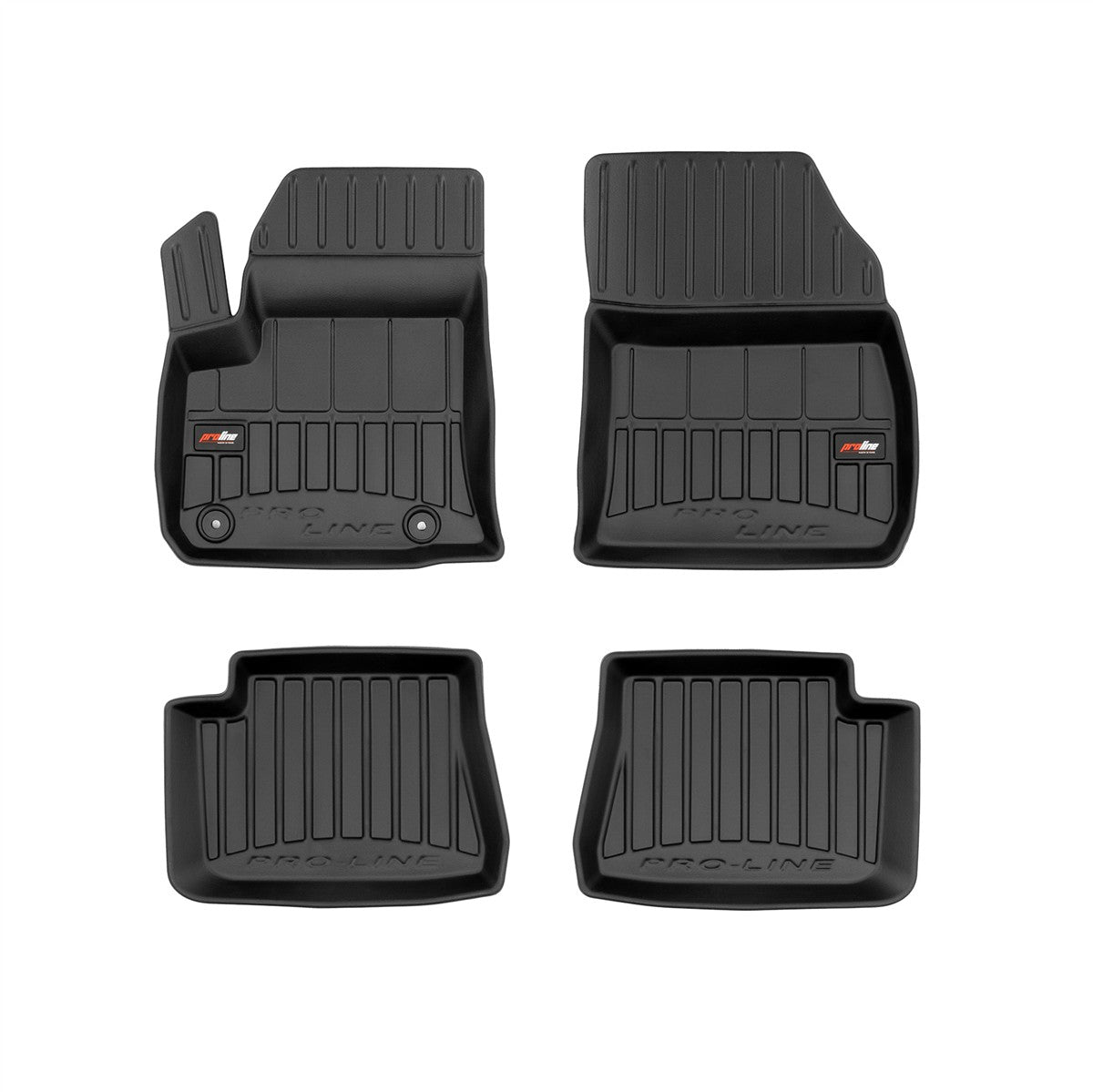After sobering quarterly numbers of Volkswagen, Mercedes and BMW It shows that the German premium manufacturers have been under pressure as much as they have been in years. Recovers, falling sales figures and high costs, the corporations force profound changes - not only with the drives.
The main reasons for the sales crisis
Several factors are currently increasing to the German automotive industry:
-
Weak demand in China - The once most important growth market is dominated by local manufacturers such as BYD, NIO and Geely.
-
Trade conflicts with the USA -Puncture tariffs under President Trump put a strain on brands with a strong US business.
-
Expensive switch to electromobility - Billions of investments meet lower margins than with combustion engines.
Manufacturers that rely on premium models are particularly hard. Sales in regions such as southern Europe, South America or the United States are stagnating, while local brands conquer the market in China.
Internal problems tighten the situation
In addition to global market conditions, it is above all homemade difficultiesthat increase the pressure:
-
Too many production locations with some weak occupancy
-
High personnel costs in Germany and Europe
-
Complex decision structuresprevent quick reactions
While BMW Thanks to its large US plant in Spartanburg, operating more flexible and over 400,000 vehicles produced locally annually must Volkswagen Think about factory closures to reduce overcapacity.
BMW, Mercedes and VW in comparison
-
BMW: Stable demand for SUV models from the USA, lower focus on pure electric drives.
-
Mercedes: Production in the USA (Tuscaloosa) and China (Beijing) secures regional markets - future German works such as Bremen or Rastatt remains questionable.
-
Volkswagen: High the need for factory closures in Germany, while brands like Škoda stand better with slimmer structures.
What has to happen now
In order for German manufacturers to remain competitive internationally, profound measures are necessary:
-
Optimize cost structures - Fewer locations, more efficient production.
-
Adjust product portfolios - Models more tailored to regional markets.
-
Drive e-mobility and autonomous driving ahead, without neglecting profitability.
-
Local production in key markets How to expand the United States and Asia to avoid tariffs.
The innovative strength is still available-especially for electric cars and automated driving-but the World market is not waiting. If you act too slowly, you risk losing market shares and yields permanently.


